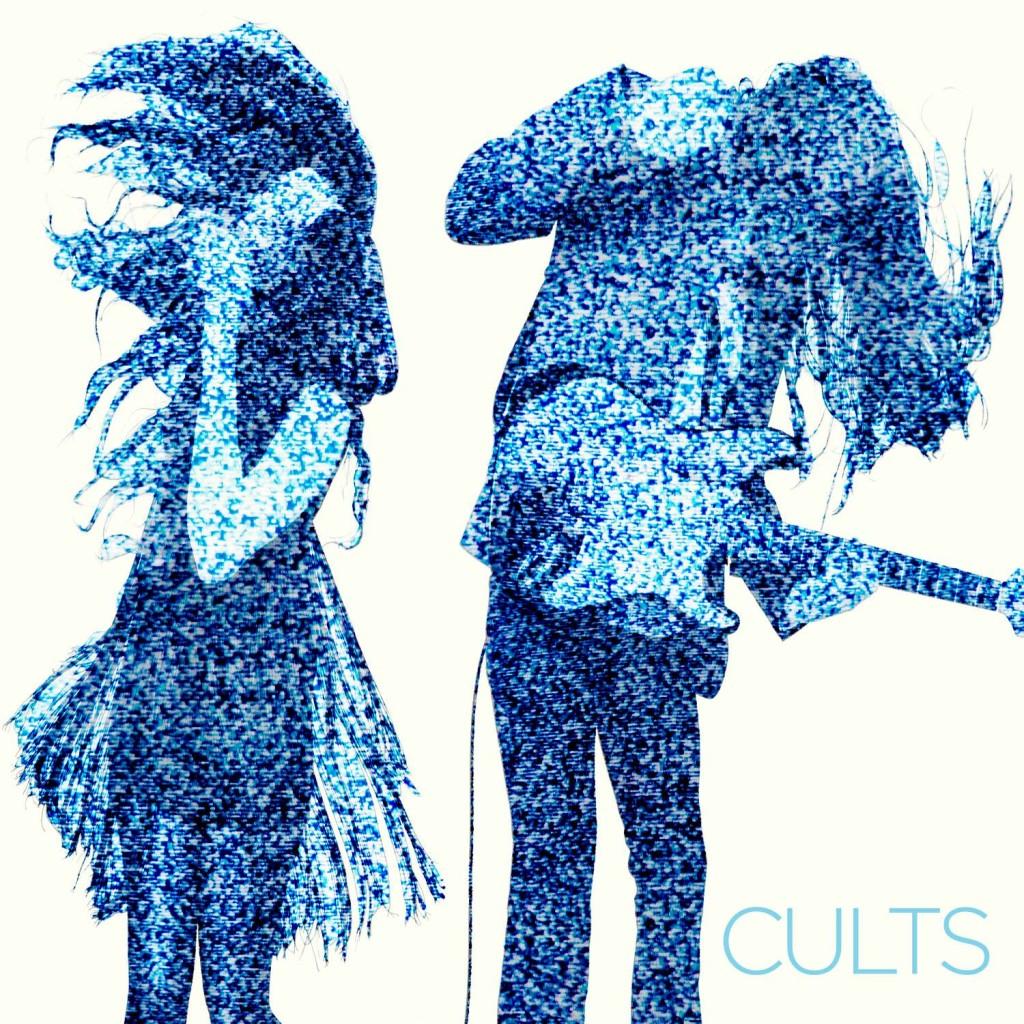Members of the indie-pop duo Cults took an unorthodox approach during the creation of their sophomore album “Static,” released on iTunes on Oct. 11 through Columbia Records. Brian Oblivion, multi-instrumentalist, installed broken televisions on the mixing board of the studio. He and Madeline Follin, singer and lyricist, extinguished all lighting and watched the static produced by the televisions while listening to their songs to see if they ‘felt right.’
A year before this, after touring for their eponymously-titled first album, the two decided to take a break, both from their relationship and from the band. Oblivion and Follin explained that touring and producing an identical show every night became tiring.
And many fans may hear the dregs of a once-vivid companionship in “Static.” Some may recall “Bumper,” from their self-titled album and think of the boardwalk-pop that transmuted into the cerebral shimmer of twinkling “Always Forever,” which at times itself evokes “Oh My God.”
But, as Oblivion has said, and as the lyrics demonstrate, “Static” is not a breakup album. “You and me, always forever,” Follin cries. But this does not refer to the former relationship; the words are not wishful thinking. Instead, Follin explains her situation with Oblivion — regardless of a relationship, the duo will remain friends in aeternum. “Darling don’t get over the now,” she sings almost unintelligibly.
This line, almost imperceptible, dictates the entire direction of the album. “Static” symbolically represents all of the distractions in everyday life that divert attention away from “the now.”
On the echoing resonation of “TV Dream,” Follin and Oblivion produce a sweet recreation of a television commercial. The 1960s sound, lasting only a minute, evokes merchandising amidst a chorus of angelic staccato.
“I Can Hardly Make You Mine,” perhaps the catchiest, “poppiest” song on the album, crashes with snare hisses and tom-tom banging. Movie-soundtrack guitar riffs wail in the background, as Follin’s unique voice penetrates. “So I can never give you up … before the end of a long day and then I wake.” The singer hints at her relationship with Oblivion, “Boy, just bring all your love back to me/ I guess for now this is how it’ll be.” But at the same time she admits, “I know you’re not the one or the only.”
Lyrics aside, “I Can Hardly Make You Mine” evolves into a cacophony of distorted guitar and ecstatic drumming. The orgiastic sound reverberates and simmers into a lo-fi snicker, Follin’s voice protruding.
But the most memorable song on the album, “So Far,” soars with expansive sound blasting immediately upon arrival. Percussion blasts and shoegaze abounds on the track. Every song on the album is “Static” but “So Far” is Cults.
Ultimately, the sophomore attempt lacks many standout songs. Yet the duality, the combination of darker songs with an upbeat focus, in combination with Cults’ timeline, make the album much more salient. Maybe this album was more difficult to create. Maybe the duo is fundamentally altered. But the band that grew from the blog song “Go Outside,” the band that shouldn’t exist if not for a stroke of luck, continues to produce music from, if nothing else, a limitless stubbornness.
Cults will always be Cults, whatever that may be.
Email: [email protected]


